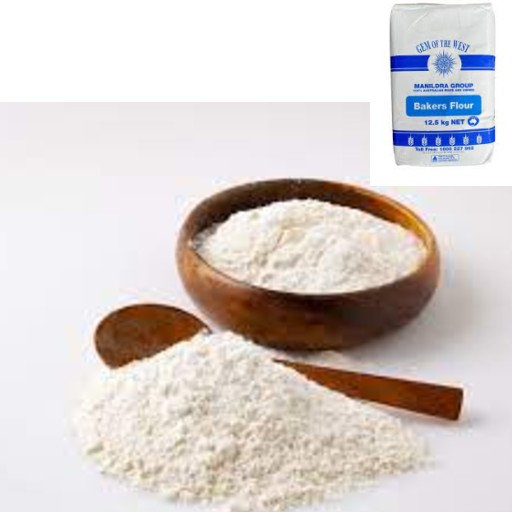Baker's Flours (White Flours)

Plain Flours (White Flours)
White flour, otherwise known as plain or all-purpose flour, contains about 75 per cent of the wheat grain, with most of the bran and wheat germ taken out. It is commonly used for cakes, pastries and biscuits. When used in cakes it is combined with a raising agent such as baking powder or bicarbonate of soda. (BBC Good Food)
White Flours includes:
1. Plain Flours, also known as all purpose flours.
2. Cake Flours, also known as soft flour, weak flour, low protein flour.
3. Baker’s Flours, also known as gluten flour, strong flour, bread flour, high protein flour.
4. Self-rising Flours.
Nutritional Benefit of White Flours:
According to article by “bakeinfo.co.nz”,
When you compare white flour and wholemeal flour in the table you will see that wholemeal flour contains on average 3.6 times the quantity of fibre contained in white flour. However, white flour is still a good general source of dietary fibre, and is also an excellent source of other essential nutrients, including carbohydrates, amino acids, magnesium, manganese, phosphorus, potassium, sodium, sulphur, zinc, selenium and lipids.
Besides, you may use white flours for vegan foods.
